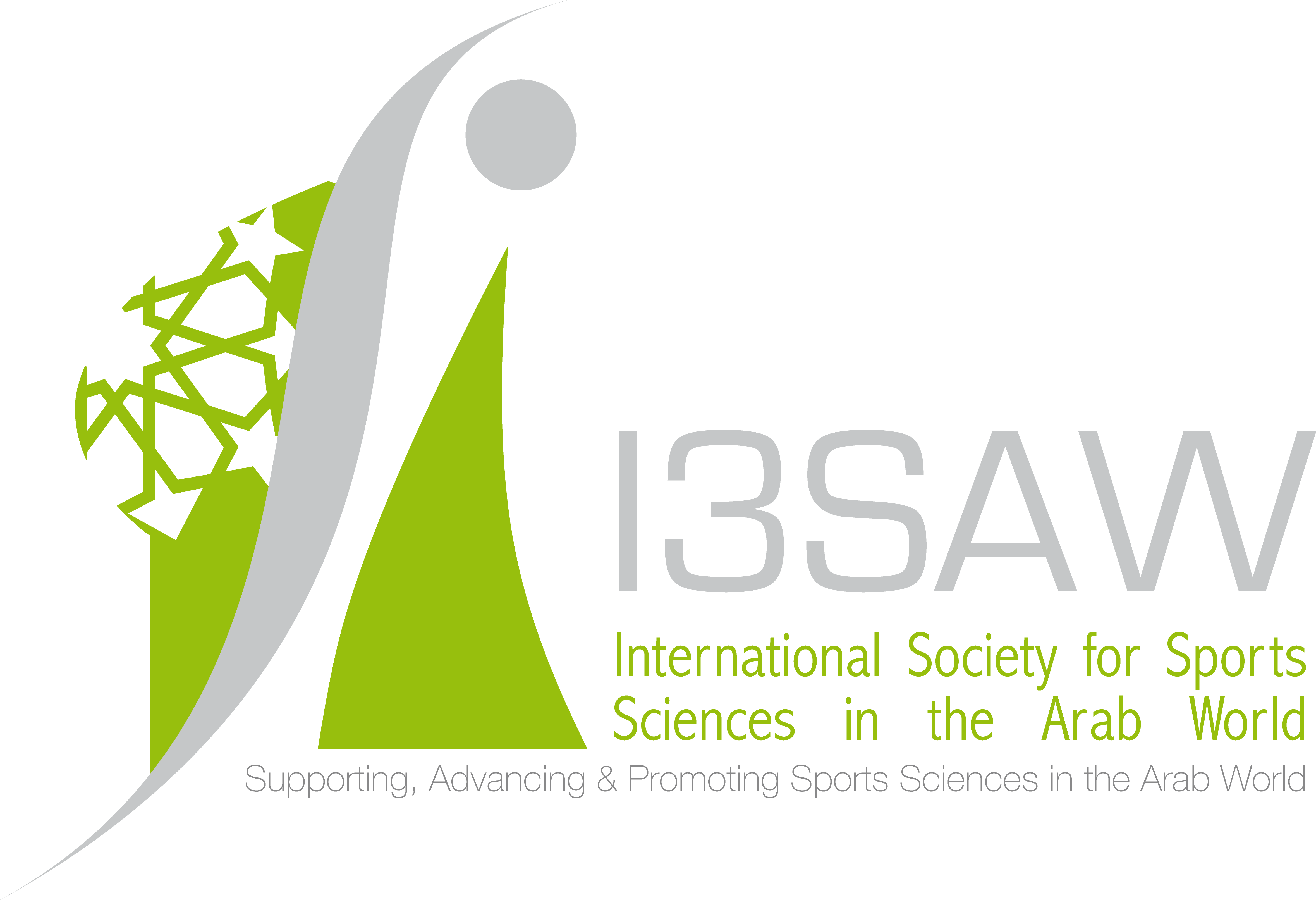
The hierarchy of sporting and economic performances in European elite football
The hierarchy of sporting and economic performances in European elite football
24th May 2017
Wladimir Andreff
Expert International Society of Sport Sciences in the Arab World (I3SAW)
Member of Sport and Citizenship Scientific Committee
Synopsis of the paper presented at the I3SAW symposium in Stirling, 24-27th April 2017
Using a simple metrics for football performances based on the number of winners and quarter finalists per nation, from 1956 to 2015, respectively in the UEFA Champions League, the former Cup Winners’ Cup, the Europa League and the Euro, the most performant nations in football are: Spain, Italy, England, Germany, the Netherlands, Portugal, France, etc. A high concentration of wins on a few nations is observed for the quarter finalists, even higher for final winners. The lowest concentration is noticed for the Euro – a contest opposing national teams.
The hierarchy of football performances does not coincide with the hierarchy of football participation in Europe. A demographical effect is witnessed: the more football participants in a nation, the more a nation wins in European football contests. Whereas those nations with the highest rates of football participation (number of footballers per inhabitant) do not obtain the best football performances; and best performing nations in football do not exhibit the highest participation rates.
The football hierarchy partly reflects the economic hierarchy between European nations. The biggest-sized European economies (in terms of GDP) correspond to the football Big Five, though not with the same ranking, plus Russia. A good correlation is observed between the size of GDP and acceding to the quarter finals in European football competitions. On the contrary, a nation’s high level of economic development or wealth (measured by the gross national Income per inhabitant) is not correlated with a nation’s football performances. The richest and most developed European economies (Norway, Switzerland, Luxembourg, Denmark, Sweden) are not those which obtain the best outcomes in European football competitions.
Consequently, in the European economic model of football, competition basically is not balanced, with the most imbalanced Liga and English Premier League (EPL) and the most balanced Ligue 1 (except in 2011-2012: Bundesliga). Imbalance is lasting despite a reform in the club selection process which occurred in 1993 in the Champions League. Huge revenue disparities have been deepening among the different national leagues: the smallest Armenian league (in terms of revenues) equals to 0.1% of EPL in 2010-14.
At club level, only 62 clubs (among hundreds of participating clubs) have won at least once a UEFA contest since1956, and 29 have won at least twice. Since a small sample of same clubs qualifies for quarter finals and beyond, after some years this triggers a significant concentration of financial gains on a few clubs which facilitates their further qualification, and thus increases concentration again and again in a ‘virtuous circle’ for this handful of dominant clubs. An oligopoly of about 20 clubs is dominating the European football market; together they hold a big share of overall revenues and wins in European competitions.
After the Bosman case and UEFA revaluation of financial gains in the Champions League (1999), a number of clubs/leagues gave up their model of finance based on three pillars – Local sources of finance: Spectators, Subsidies, Sponsors (SSSL) – for a new financing model (MCMMG: Medias, Corporations, Merchandising, Markets for talent and capital; and Global, i.e. finance from abroad). Nowadays, one witness a coexistence of a majority of (small) leagues where most clubs are still stuck with the old SSSL financing structure while in big leagues nearly all the clubs have adopted the MCMMG structure.

